
by John Horton | May 21, 2016
In John’s (ABO Warden) absence, we have a few interesting sightings that are worthy of the blog.
Osprey (Courtsey of Martin Batt)

Friday saw a sighting of an Osprey mid-way down Longis Road. The bird was in flight passing over a building site. It was spotted by carpenter and local birder Chris Brown. Robert, the AWT’s Conservation Officer, sighted 6 Bee-Eaters on Longis Common as well as Whimbrels and Shelduck in Longis Bay. Also flights of 20 or more Swifts were sighted in several locations around St. Annes and Longis towards early evening.
(more…)
by John Horton | May 19, 2016
The Warden is off island for a couple of days. A full update of sightings will appear on this site Sunday 22nd.
by John Horton | May 18, 2016
Late news in from yesterday of an addition to the ABO year total was a Nightjar seen at the Picaterre in colonel walters garden by Mark Atkinson.
Today another new species for 2016 was reported, a Great Skua was seen over Cambridge Battery by Nicolette Doardo.
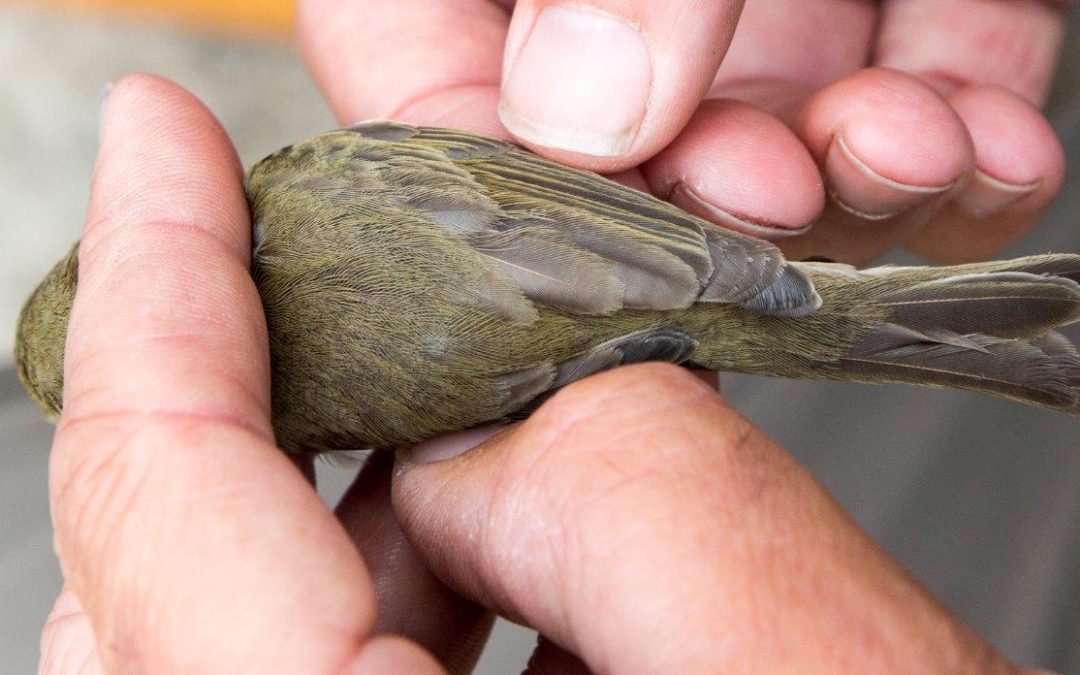
by John Horton | May 17, 2016
No boots on the ground today unfortunately so I’ll catch up with sharing a bird we ringed 14th May that took a little bit of looking at…
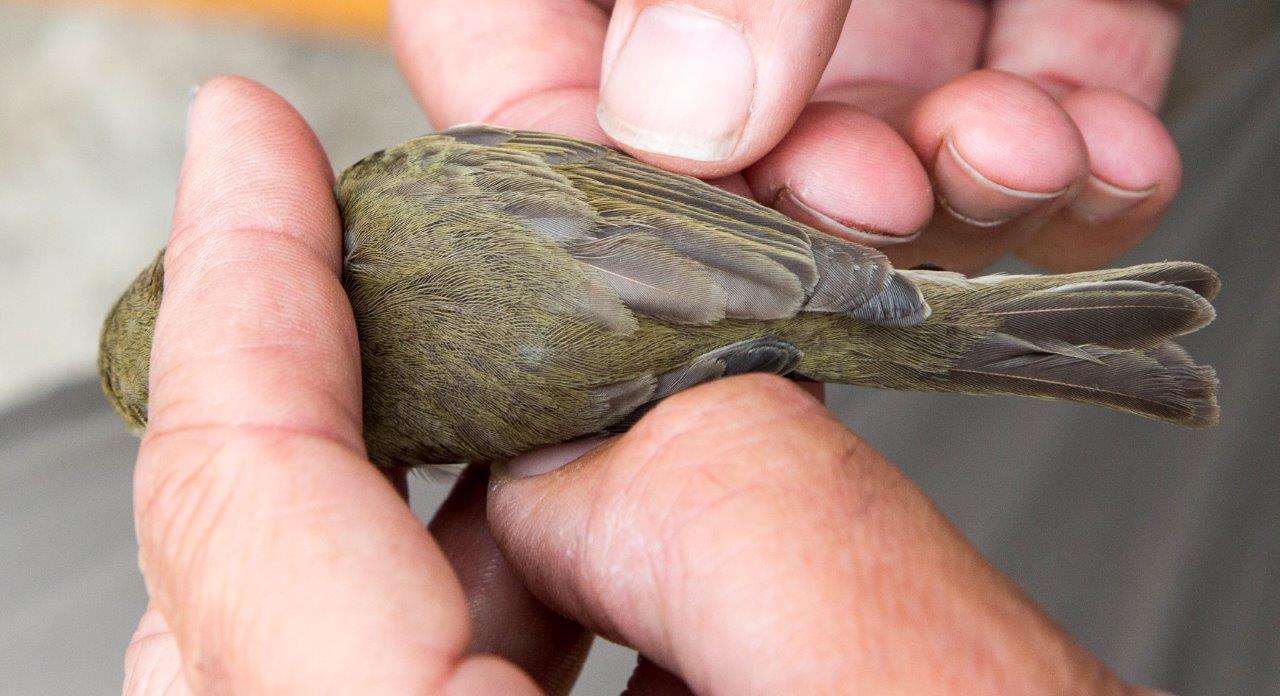
So, 59mm wing, too small for Willow Warbler, mid range wing length for Chiffchaff. Must be a Chiff ! Hold everything, heavily worn unmoulted tertial no.9 and a few unmoulted Greater coverts. This should rule out Willow Warbler as both juvenile and adults undergo a complete moult at their wintering grounds and return to us in very fresh plumage. Those Chiffchaffs returning to us on migration seeing thier first Spring retain some juvenile feathers as this one has. Right, so back to Chiffchaff, or is it one of those hybrids that many claim occur between these two species. Lets look a bit further.

Long supercillium, very pale legs and very orange feet, perfect for Willow Warbler !

Lets get to the bottom of this one. On Willow Warbler the primary flight feathers are emarginated up to and including the 5th one (don’t forget the tiny 1st primary out of view in this photo) and Chiffchaff is emarginated up to and including the 6th Primary. So, this one is emarginated to the 5th primary, the 6th primary has no emargination, it’s definitely a Willow Warbler. So how comes it has retained juvenile feathers and its wing is too short ? Our conclusion was that the bird is in arrested moult. The situation where the progress of a bird’s moult is suspended for a period, to be resumed later. The last few feathers to be replaced and complete thier growth during wing moult are the 1st few flight feathers,on this bird the 2nd primary on closer inspection was shorter than it should have been because of the suspended moult, hence presenting a short wing length until moult is completed.
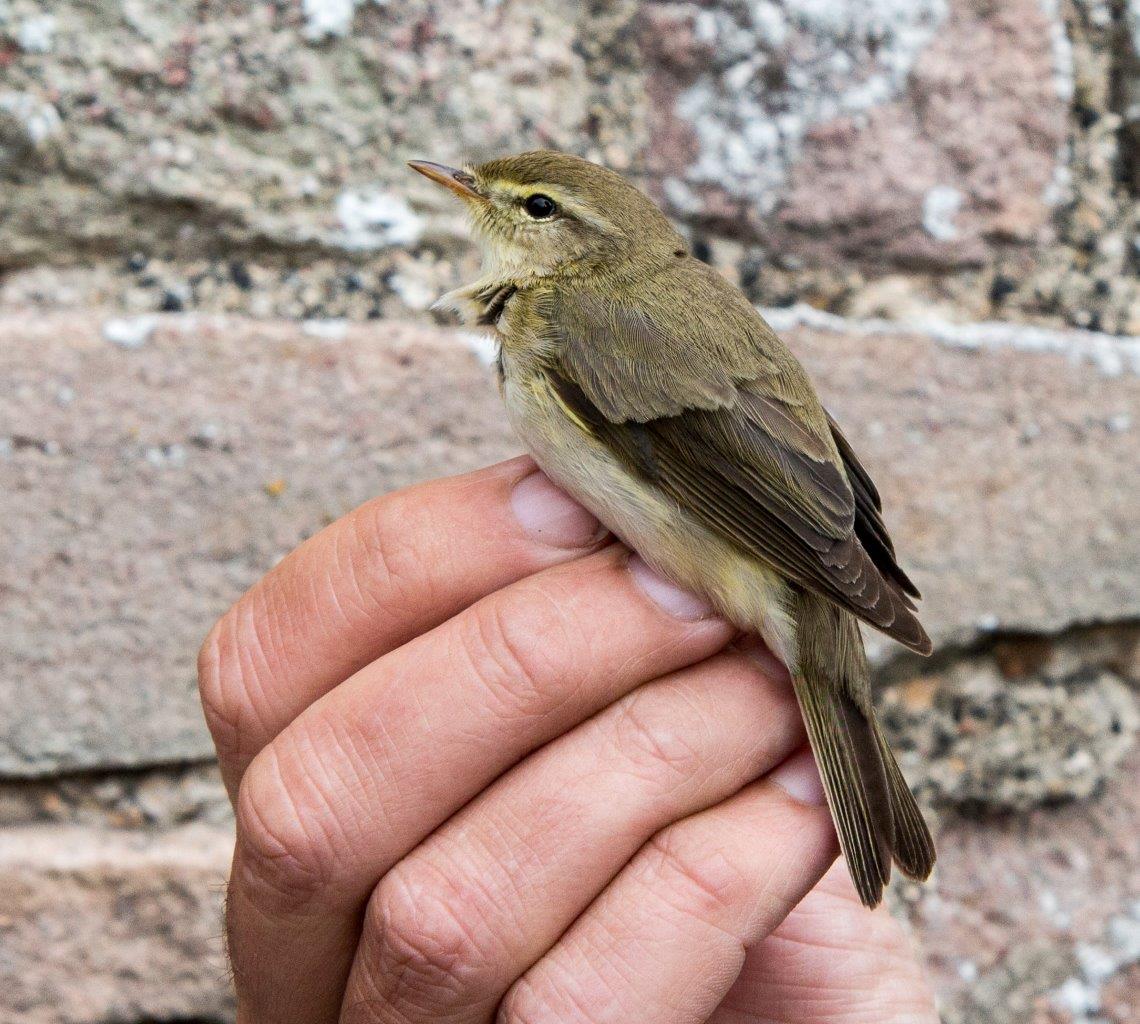
Willow Warbler – Longis nature reserve
On this photo the unmoulted tertial is easier to spot against the moulted fresh and darker ones below it. That’s that then, I think…
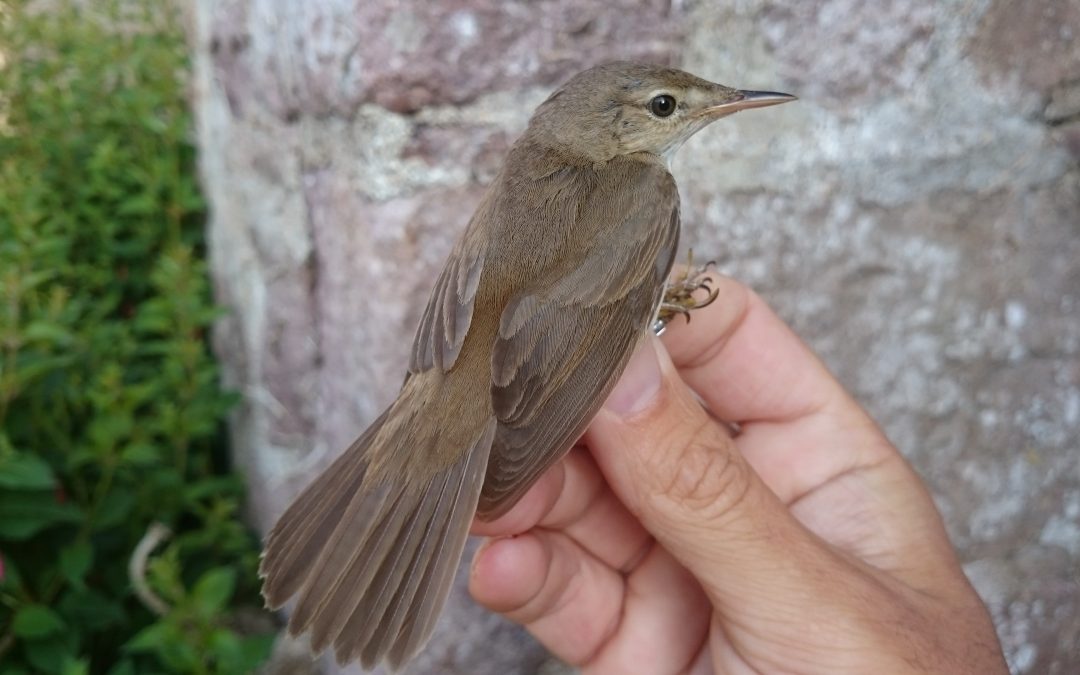
by John Horton | May 16, 2016
North-westerly winds turned West by midday. Robert Manzano Rubio heard the Grasshopper Warbler again singing opposite the Observatory this morning and also reports seeing Glanville Fritillary butterfly from Corblets Quarry. Philip of the AWT staff heard a Bee-eater over Burhou island whilst conducting his seabird studies. There was just time for me to open a couple of nets this morning for a single net round before tending to other matters, Sedge and Reed Warblers were ringed along with a Chiffchaff.
It will be very interesting to follow where our Alderney ringed birds travel to and through as we begin to receive news from other observatories and ringers Europe wide catching birds we processed at the ABO. It was suspected that the birds we see may be predominantly birds whose ongoing migration route north is the west coast of the UK; the quantity of some species we have seen so far lends to that theory. Sedge Warbler for example is far more numerous the West side of the UK and Reed Warbler the East. In line with this we have ringed 144 Sedge and 34 Reed Warblers. Portland Bill, Lundy and Bardsey islands are well known for good numbers of Willow Warblers during Spring migration and this has also been our commonest bird so far. As we obtain more reports of our birds from other locations I will add maps to the blog to illustrate the movements of the birds we see.
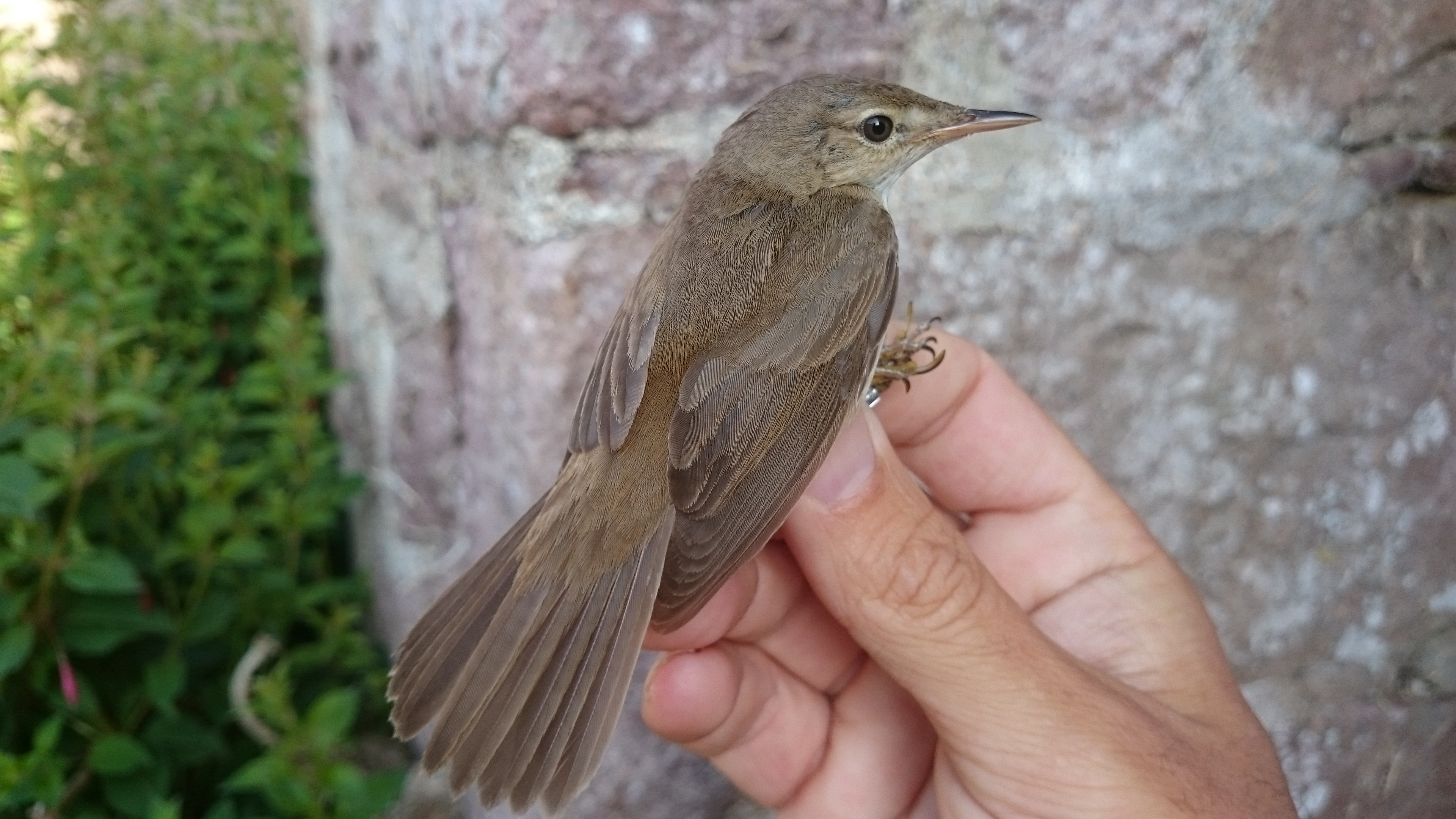
Reed Warbler – Essex farm
The moth trap is getting busier and amongst the variety this morning was this White Point moth which I gather is not regularly seen in the UK but is more common on the continent. This would appear to be a particularly early record. Also below one I was able to identify without reaching for the guide-book! the Green Carpet moth, what a beauty.
is getting busier and amongst the variety this morning was this White Point moth which I gather is not regularly seen in the UK but is more common on the continent. This would appear to be a particularly early record. Also below one I was able to identify without reaching for the guide-book! the Green Carpet moth, what a beauty.
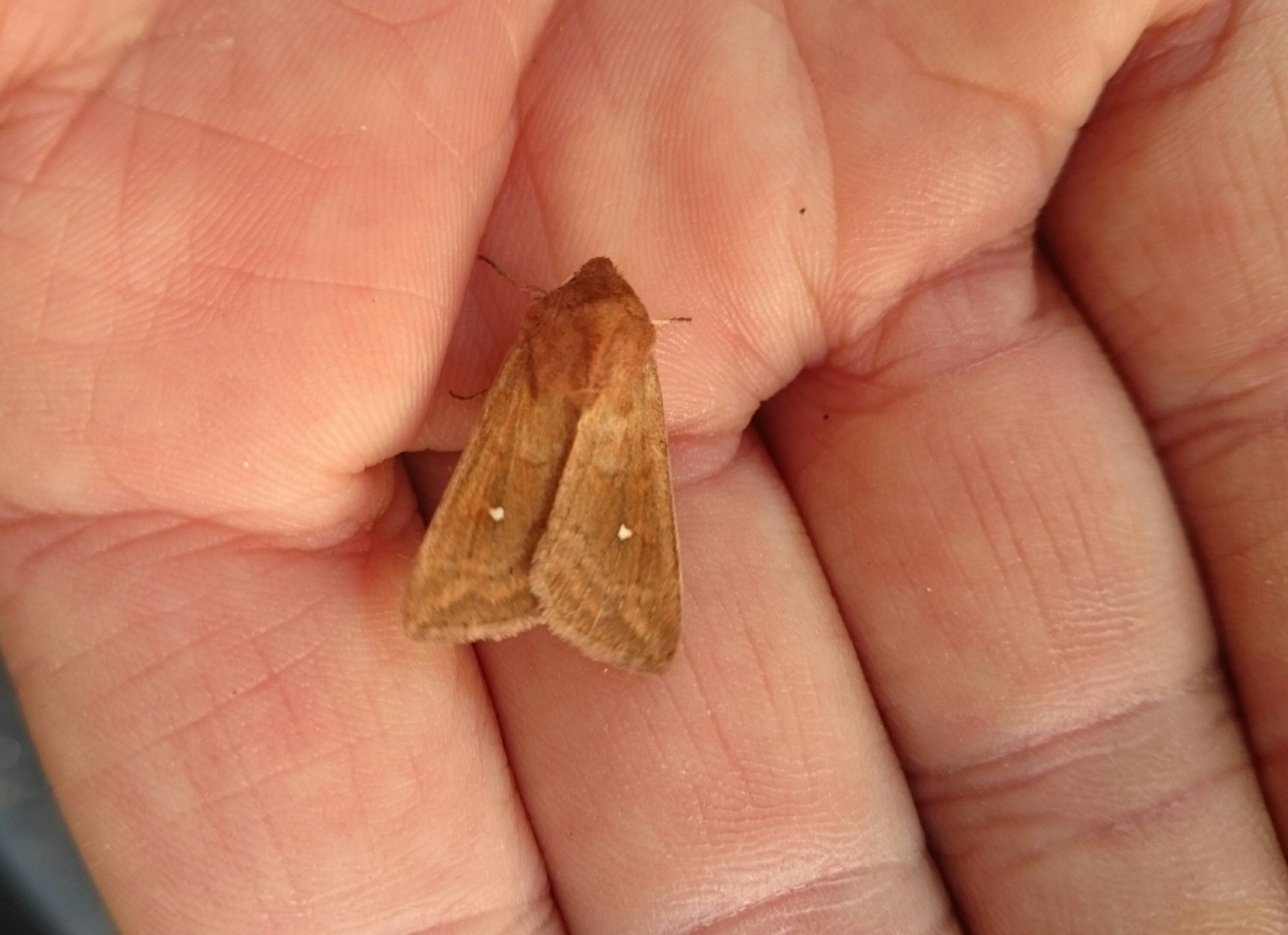
White Point moth
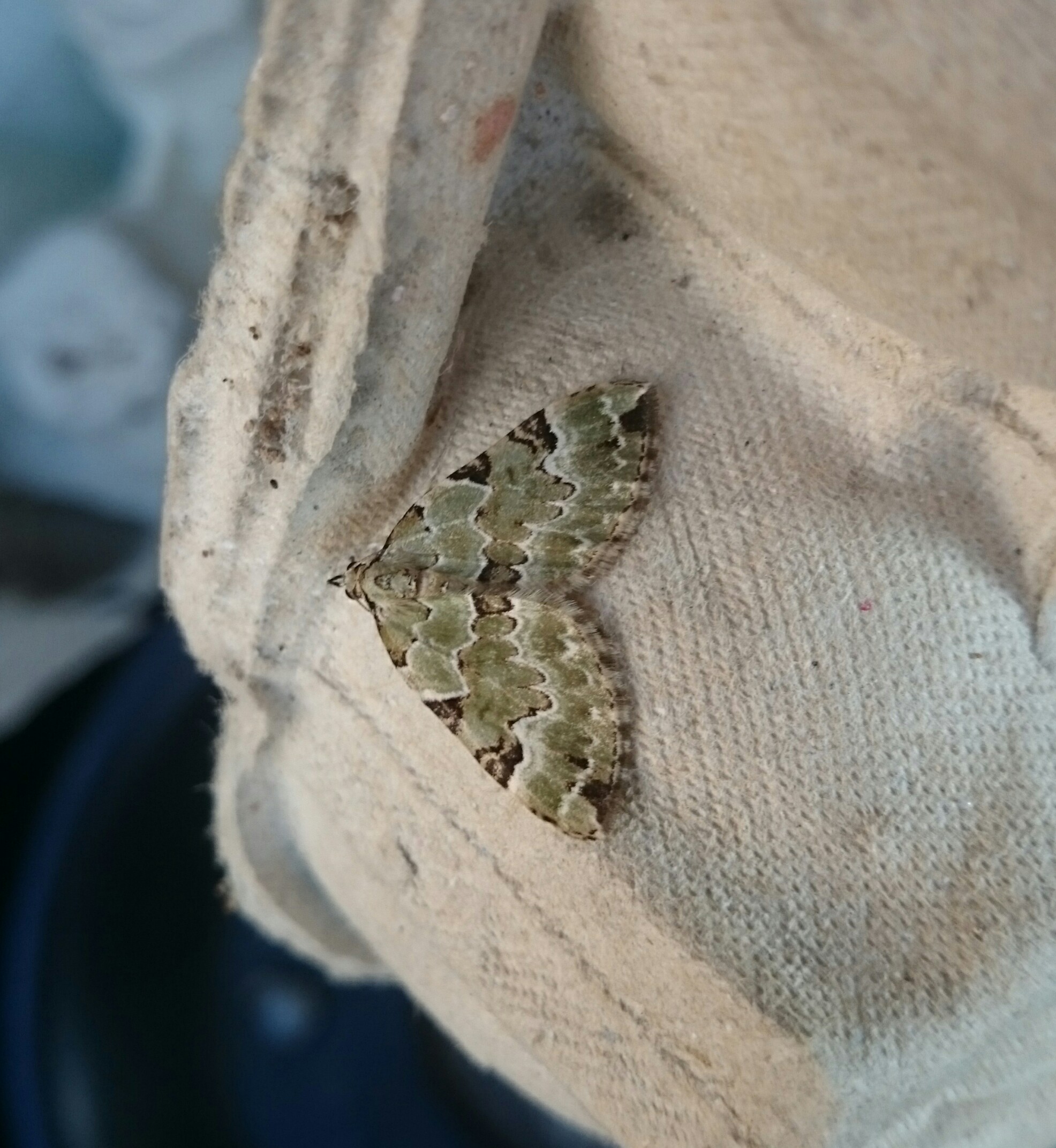
Green carpet moth












